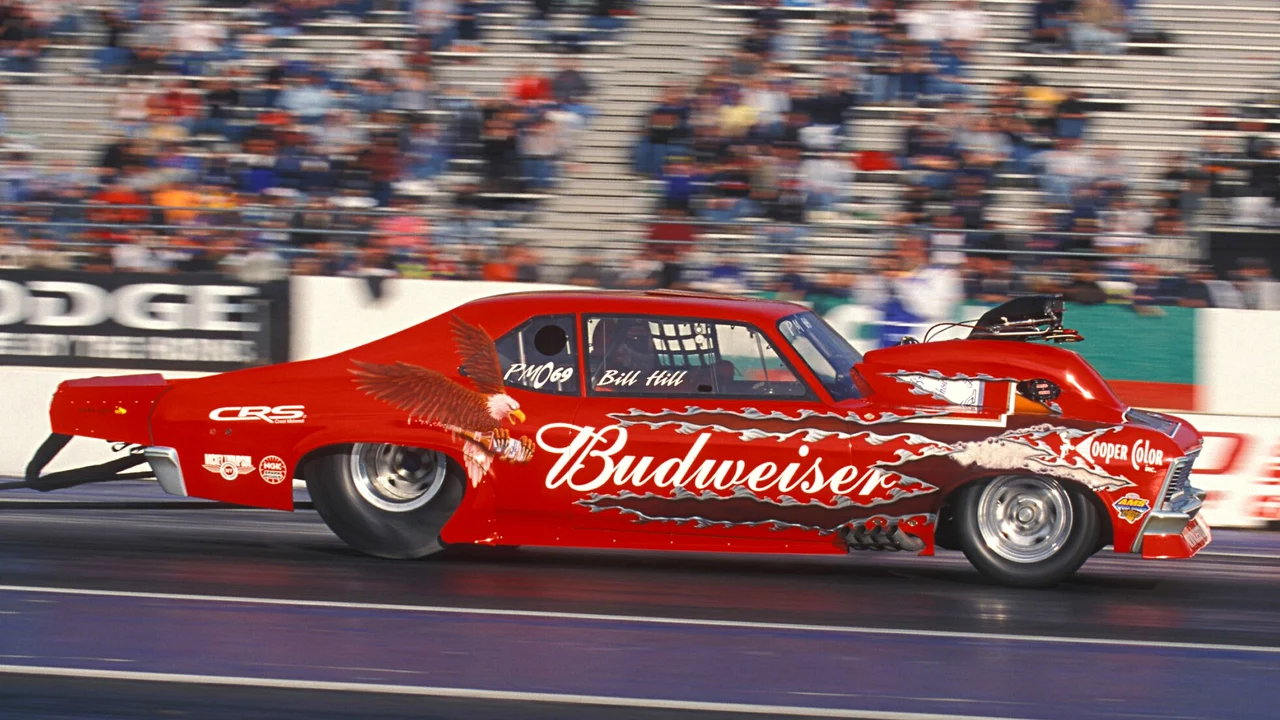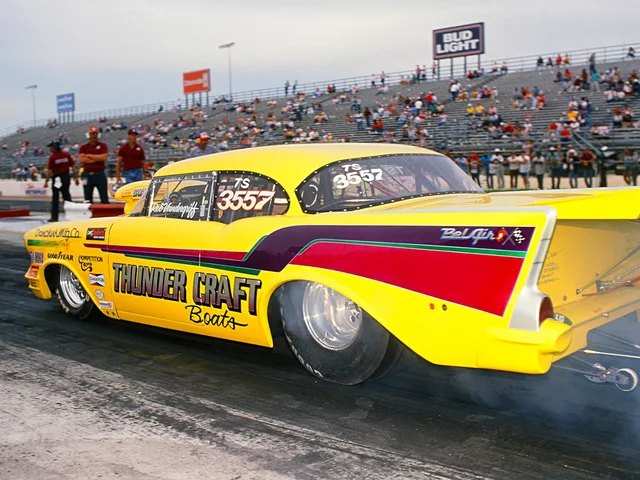Motorsport Analysis – Getting Inside the Race
If you love watching a race, you probably wonder why a driver suddenly pulls off a daring overtake or why a car slows down on a straight. That curiosity is the heart of motorsport analysis. It’s about turning what you see on screen into clear reasons – data, car set‑up, strategy, even weather. In this guide we’ll walk through the basics you can use right now, whether you’re a fan, a budding driver, or a team member looking to sharpen your edge.
Read the Numbers: Telemetry Made Simple
Telemetry is just a fancy word for the data a car sends while it’s on the track. Speed, brake pressure, throttle bite, g‑forces – all recorded many times a second. The good news is you don’t need a PhD to make sense of it. Start with the three most telling graphs: lap time, sector split and speed trace. If a lap time jumps up, check where the sector split changed. A slower sector often means the driver was stuck in traffic or the car lost grip. Speed trace shows you where the car maxed out; a sudden dip can signal a gear shift problem or a corner you’re not hitting right.
Spot the Strategy: When and Why Teams Move
Every race has a hidden chess game. Pit stops, tyre choices, fuel loads – each decision shifts the balance. Look at the pit window: most series have a sweet spot where the time lost in the pit is outweighed by fresh tyres. If a driver pits earlier than rivals, they’re probably trying to undercut – get ahead by using fresh rubber while the other car stays out on worn tyres. Conversely, a late stop can be a overcut, hoping the car on older tyres can still post fast laps while the opponent is stuck in the pits. Watching safety car periods is also key; many teams will take the chance to pit with minimal time loss.
Another angle is tyre compound. Harder compounds last longer but give less grip. Softer compounds heat up quickly and are faster but wear out faster. A driver on hard tyres might be planning a long stint, while one on soft tyres aims to push hard early. When you see a driver swapping from soft to hard, they’re likely playing the endurance game, saving the softs for the final sprint.
Beyond the track, keep an eye on weather. A sudden rain shower can flip the whole strategy. Teams will switch to wet tyres, adjust wing angles and even change engine maps to protect the engine from water ingestion. If you notice a car that stays on slicks in light rain, they’re betting the track will dry quickly – a risky but potentially rewarding move.
Finally, remember the human factor. Drivers talk on the radio with engineers, and those snippets often give away what’s happening. A calm "clear" usually means the car is stable, while a frantic "brake too early" hints at a problem. Listening to those exchanges, even a few seconds, adds a layer of insight you can’t get from data alone.
With these basics – telemetry, pit strategy, tyre choices, weather, and driver communication – you can start breaking down any race you watch. The more you practice, the quicker you’ll spot the patterns and understand why a race unfolded the way it did. Motorsport analysis isn’t reserved for engineers; it’s a tool anyone can use to enjoy the sport at a deeper level.
Is drag racing actually racing?
In the wild, wacky world of motor sports, folks often ponder, "Is drag racing actually racing?" Well, let me drop the clutch on this debate! Drag racing is indeed racing, folks. It's like the 100-meter sprint of the automotive world - short, intense and, dare I say, a bit of a thrill! So, whether you're a fan of the twists and turns of traditional racing or the straight-line adrenaline rush of drag racing, remember - if there's a start line, a finish line, and revved-up engines in between, you bet your tailpipe it's racing!
Read More





